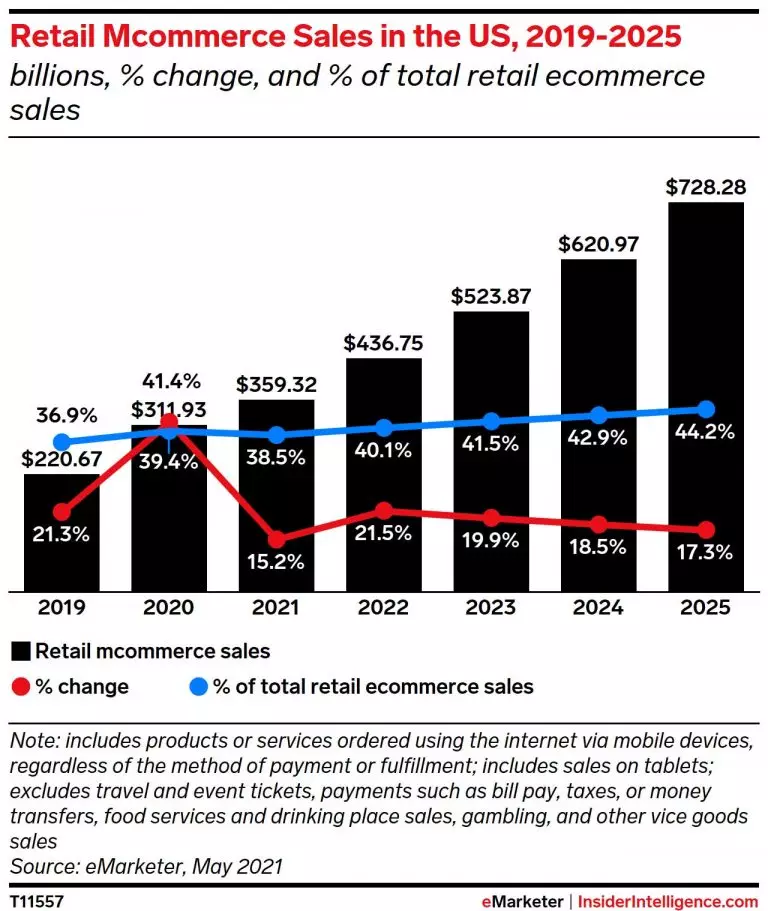If your brand’s online presence has been lackluster lately, you may need solutions to bolster your e-commerce sales. Search engine optimization (SEO) could be the trick to drive organic traffic for e-commerce and generate more sales. Backed by SEO, you’ll be better positioned to outrank on search engines which will help customers find you with ease and clear your virtual shelves. Check out these seven surprising tips on how you can boost e-commerce sales with SEO.
1. Execute Powerful Keyword Research
Keyword research is of the utmost importance to get your brand in front of your target audience. Ecommerce sites benefit from this tremendously as keyword research advances your SEO strategy and expands your reach. When developing your keyword research strategy, pay attention to what keywords your top competitors are using. To do this most effectively, take advantage of software tools like Moz and Semrush.
2. Beef Up Product Pages and Descriptions
E-commerce is driven by the products you sell. SEO can help heighten their visibility. With SEO, you can bolster your product pages and descriptions to attract customers to your site. Implement headings and titles that elevate your product’s visibility.
While you’re at it, be sure to incorporate user experience to ensure customers aren’t left scratching their heads about your products or services. Do this by making elements of your product pages easy to navigate. Deploy bulleted lists to give digestible information about your products or services and to optimize your e-commerce site for mobile shoppers. After all, around 40% of products and services are purchased on a mobile device and trends for m-commerce (mobile device commerce) are only looking up (see graph below). Properly defining your product allows you to tell the story of your product clearly and concisely, coloring each product page with adequate details without getting out of hand.
3. Activate the Power of Blog Creation!
Another great way to harness the power of SEO for e-commerce is by getting creative. Writing blogs is a budget-friendly way to increase visitors to your site. Content often provides your audience with reasons to engage with your site (and stick around to check out your e-commerce storefront). Create meaningful content about what’s important to your audience. If you’re a vegan candy brand, give an inside scoop on how you make your candies or inform curious minds what makes vegan candy different.
4. Get an Edge With Google Analytics
If you have an e-commerce storefront, set up Google Analytics e-commerce tracking. Google wears the search engine crown and keeps tabs on your traffic, sales, and other key data, enabling you to apply it to your overall e-commerce strategy. Not only does Google Analytics allow you to have the necessary data to back up your strategy, but it also enables you to further gauge return on investment (ROI) and adjust accordingly.
5. Optimize Images for Conversion
Google and other search engines are increasingly focusing on visual components to help customers shop online. Use this knowledge to your advantage. Insert alt-image texts to your pictures to give crawling bots a clearer idea of what the image represents. Make your images engaging. Allow customers to zoom in on certain specs, and if you’re feeling ambitious, allow them to “try on” an item of apparel.
When you optimize your e-commerce site’s images, it provides context to your users looking for your products and services. Optimizing your images enhances their searchability, meaning users will be more likely to come across your products, increasing the likelihood of a conversion.
6. Add a FAQ Section for Customers to get Questions Answered
One of the best ways to drive organic traffic for e-commerce is by giving your target audience the answers to questions they’re asking online. Not only do you get to help them find a solution to a given problem, but it grants you another opportunity to optimize your SEO. It’s a win-win!
Come up with questions that are commonly searched in your given industry sector. Within the document, create a table of contents that helps them find the questions (and solutions) quickly and easily. Once your FAQ page is complete, make it easy to find. If you’re proud of it, you can even link it in your navigation bar.
7. Build out URL Structures for Organization
Organized URL structures make it easier for search bots to index sites, but only if they are easy to understand. Make your URL structures readable for both people and crawling bots. URL structures can inform users what they are viewing on your site. Use a URL structure that is easy to understand by implementing categories that truly describe what your page is about. For example, if you run a vaporizer brand with a product page for portable vaporizers, you’ll want your URL structure to look something like this: https://www.myvaporizersite.com/products/vaporizers/portable-vaporizers
In Conclusion
Amplifying your e-commerce strategy with SEO can help grow your online sales in unpredictable ways. Which methods are you going to attempt next? If you need any help coming up with a plan, don’t hesitate to reach out to us. We can help you develop your SEO strategy to target e-commerce in impactful ways without breaking the bank.




